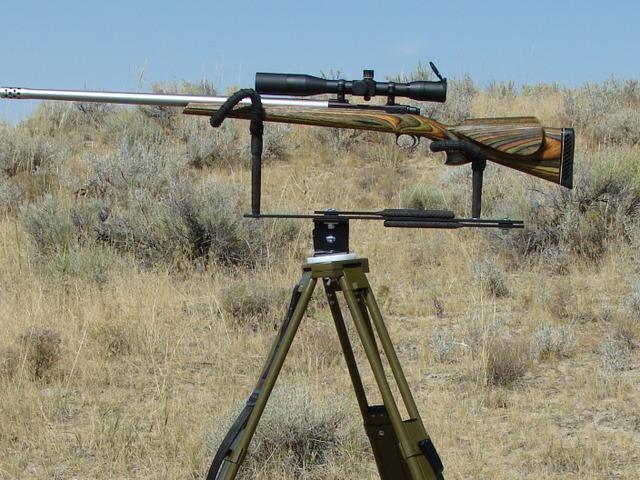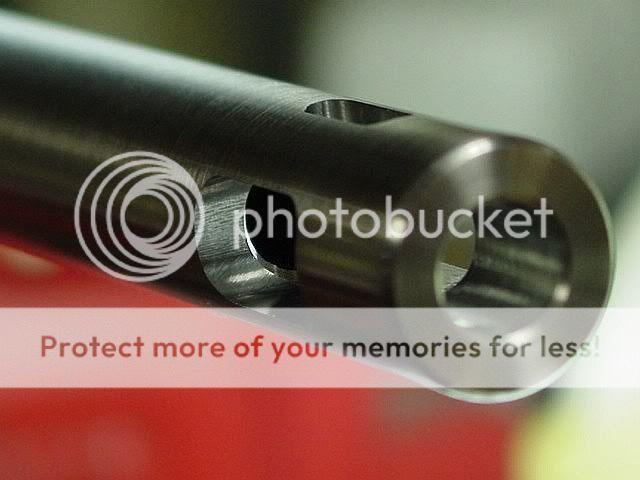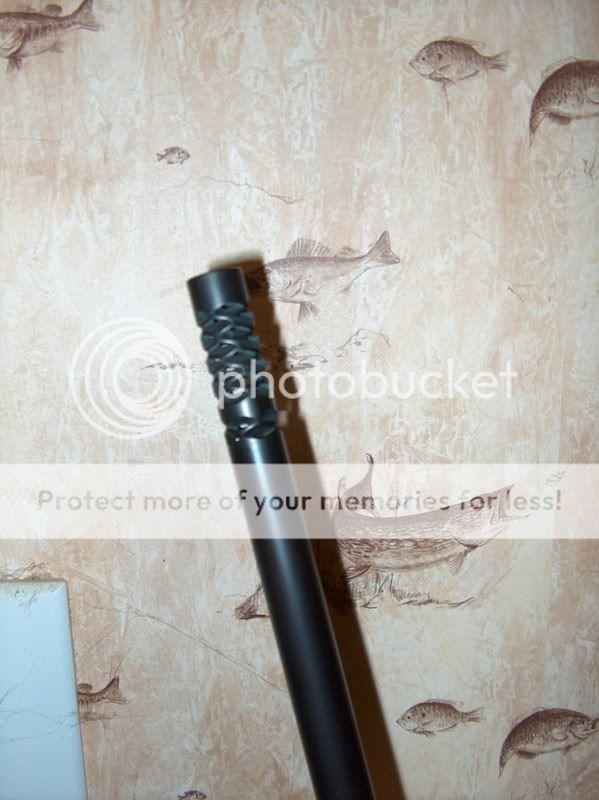With Joel Russo's help I got the 308 Baer loaded and out for a little shooting. It deffinatly kicks less than my old Ruger 7mag but still more than my beat up old shoulder likes!
While cleaning it I noticed the hole in the brake seamed to be a little big. Just out of curiosity I grabbed a dummy 375/50BMG round and it fit in the opening of the brake.
How big should the opening be for a 30 cal? Does it make much of a difference?

While cleaning it I noticed the hole in the brake seamed to be a little big. Just out of curiosity I grabbed a dummy 375/50BMG round and it fit in the opening of the brake.
How big should the opening be for a 30 cal? Does it make much of a difference?






